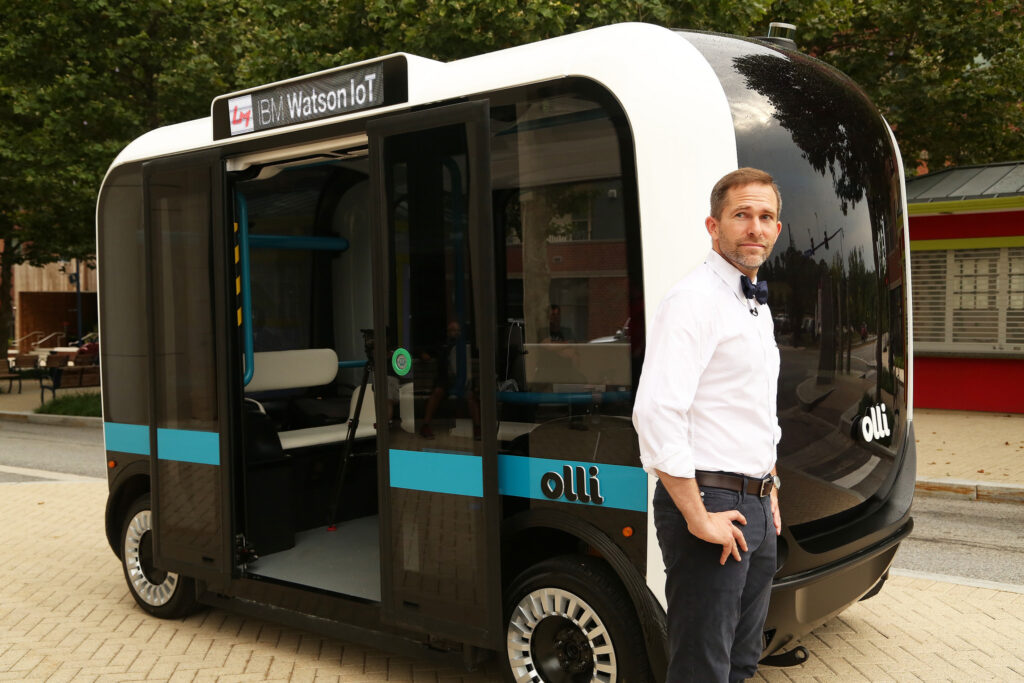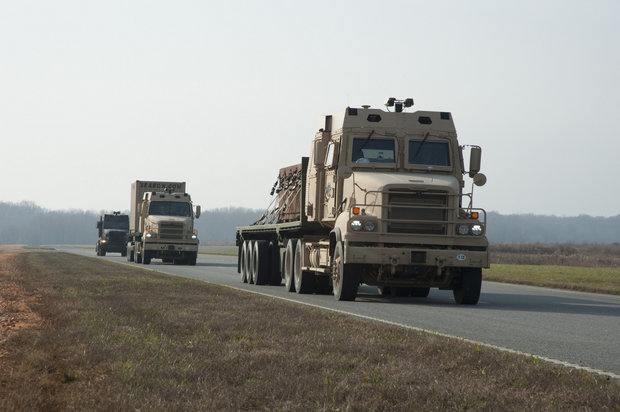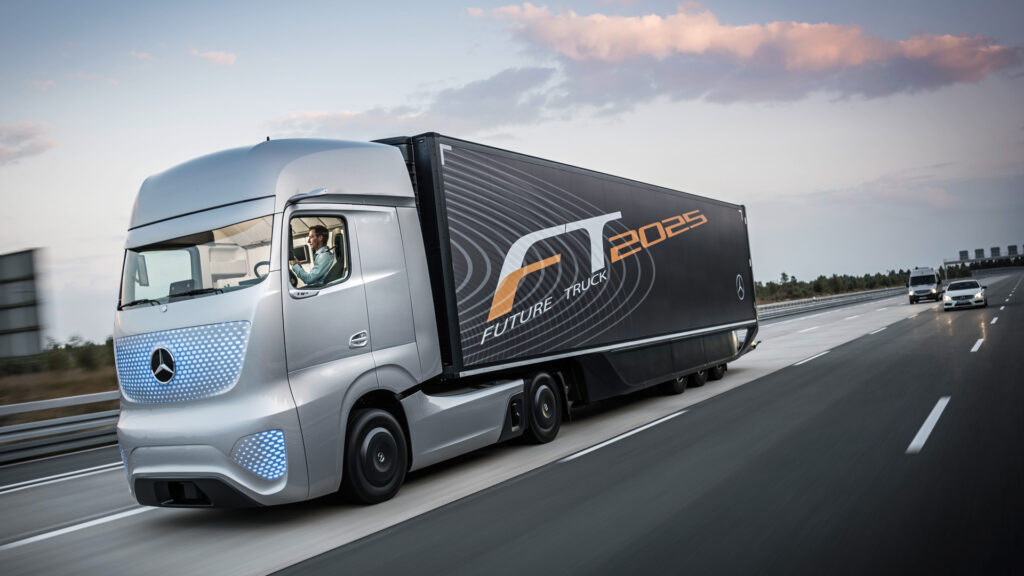A world-first was claimed by the French city of Lyon earlier this month: the launch of the first regular driverless bus service.
Two driverless vehicles will trundle through the centre of the city at a steady speed of 12mph, carrying up to 15 passengers each.
The journey will take no more than 10 minutes and make five stops on the way.
Is it really a world-first? Indeed, is it even a first within France?
Driverless buses have already been tried out on the roads of the Atlantic port town of La Rochelle.

The Lyon service will be a year-long trial. Similar trials are already under way in the UK in Milton Keynes, Greece, The Netherlands, China and Switzerland.
Cross the Atlantic, and in Washington, Las Vegas and Miami, you’ll find trials of Olli, a driverless “talking bus” powered by IBM’s super-computer, Watson.
The real question is, what form of four-wheeled vehicle will the first to emerge from its trial phase? If it’s not a bus, will it be commercial haulage, private cars, or military vehicles?
Military vehicles
No surprise that defence research and development in a number of countries includes investment in driverless technology. The US military is one of the biggest investors in artificial intelligence in the hope autonomous or semi-autonomous tech will reduce future battlefield casualties.
If a giant robot “dog” can conduct supply missions to troops during battle, that’s one less hazardous mission for a human soldier to run. Unmanned drone technology is becoming standard military tech in the skies to reduce the risk of anti-aircraft missiles claiming the life of a pilot.

So driverless land vehicles are a logical step. The US military began road tests of supply trucks in Michigan in June. The Israeli army is reported to be testing driverless border patrol vehicles. But the Russian military looks to have taken driverless tech a step further: unveiling a driverless “mini tank” based on a Humvee.
Private cars
Millions of miles have been clocked-up by driverless car trials by the different players in the game, from Google to General Motors.
But it’s Tesla’s “autopilot” that has grabbed the most headlines and completed more miles than its competitors – and in a remarkably short period of time.
In fact, Tesla’s autopilot has been used to travel more than 47 million miles in just six months. That compares to Google’s driverless experiments covering 1.5 million miles in six years!
But the biggest obstacle to wider deployment is not the technology – it’s regulators around the world trying to catch up. In the UK, the government predicts that it will be the year 2020 at least before hands-free, eyes-off-the-road truly driverless cars emerge.
Haulage
A truck that doesn’t need to stop for a legal rest break? The appeal of driverless tech to the haulage industry is the potential to cut costs and speed up turnaround times for road deliveries.
Testing in Europe is under way – with one convoy taking a non-stop trip across Europe to the Dutch port of Rotterdam earlier this year.
Some commentators believe the haulage industry will be the first to widely adopt driverless. This is partly because many journeys will focus on major roads and motorways – relatively straight-forward for a driverless vehicle to navigate without encountering the kind of hazards they would find in built-up areas.

Digital taxi business Uber bought a firm specialising in driverless truck tech in August this year, prompting speculation that even Uber believes haulage will come before self-driving cabs.
But look to the mining industry, and you’ll already see examples where driverless vehicles are being deployed in remote areas for long-haul trips. Driverless haulage is already on the road – albeit on remote highways with very little traffic.
So, in one sense, the race has already been won.
The driverless truck has emerged from trials first. But it will still be a good while yet before we see convoys of autonomous trucks as standard on British motorways.
However, it seems likely that the financial benefits for the industry will help fast forward deployment – and persuade the government that the economic benefits for the country make driverless haulage a priority.
Bad news for motorway services. Welcome to the era of the non-stop lorry!
